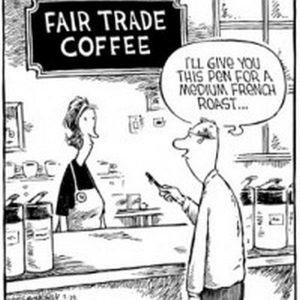Introduction
Much has been written on the subject of customer satisfaction, most providing good instruction on meeting and exceeding customer expectations and how to create loyalty. I have also found it useful to understand the details of a trade transaction as a foundation.
Let’s dive right in with some definitions. A Customer has an “apparent need” and is prepared to exchange something of representative value for a solution. A Supplier has a “perceived solution” and is prepared to receiving something of representative value in exchange.
When the following conditions are met, there is the potential for an exchange:
- The Customer can be convinced that the “perceived solution” will satisfy the “apparent need”.
- The Customer’s “thing of value”, is something that the Supplier wants.
- The Supplier sees the Customer’s “thing of value” as comparable value for the “perceived solution” to be supplied.

Negotiation is the process of establishing expectations to meet these conditions. A transaction may occur once these conditions are established. The transaction occurs when the exchange takes place. That is when Customer gets the solution and the Supplier gets the “thing of value”.
To achieve true Customer satisfaction the solution provided needs to satisfy the Customer’s “actual need”
Let’s focus in on some of the abstractions and generalizations.
Apparent Need
An apparent need is typically the superficial expression of the need. By analyzing the need, much like peeling back the layers of an onion, one will eventually arrive at the “actual need”. It may come as a surprise that the “actual need” requires a totally different solution for it to be fully satisfied. The perceived solution may only provide temporary and or symptomatic relief and mask the “actual need”.
Perceived Solution
There are two components to the perceived solution:
- There are at least six opportunities for misinterpretation. The “real apparent need” goes through the Customer’s perception filter, gets described to the Supplier, and goes through the Supplier’s perception filter. Similarly the “real perceived solution” goes through the Supplier’s perception filter, gets explained to the Customer, goes through the Customer’s perception filter.
- The Supplier’s self interest to make the sale may take advantage of the Customer’s desire for a solution. The Customer gets convinced to accept the Supplier’s solution instead of the solution the Customer wants.
Thing of Value
In modern times this is typically currency, historically this would have been money, or something else like goats or salt that was of value to the Supplier.
In Conclusion
What happens when a person with experience meets a person with money? The person with experience ends up with the money, and the person with money ends up with the experience.
